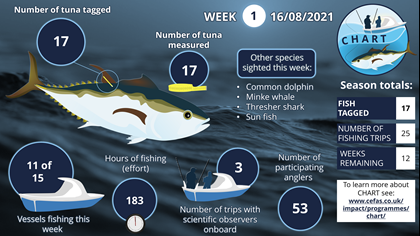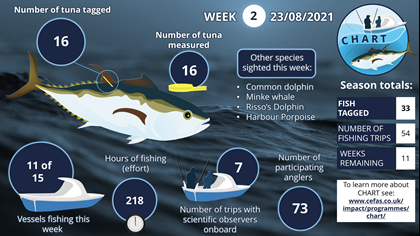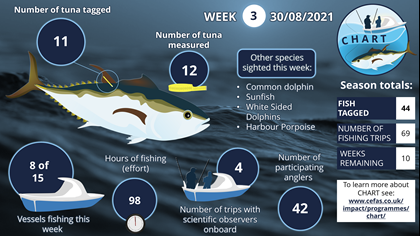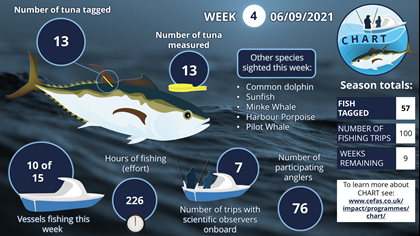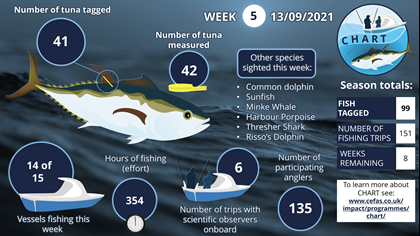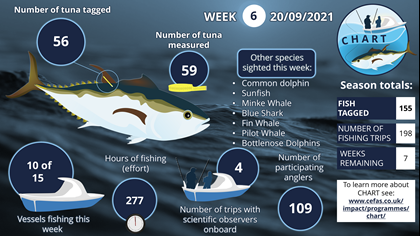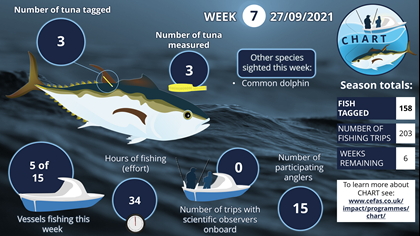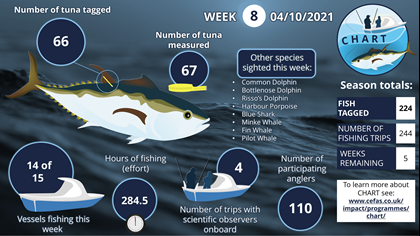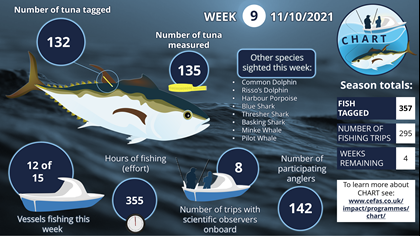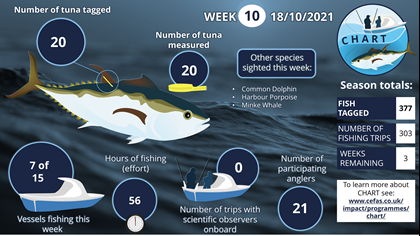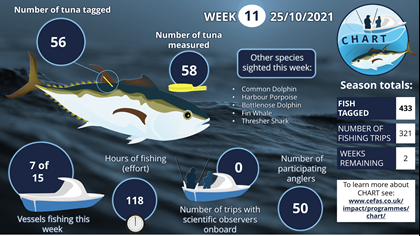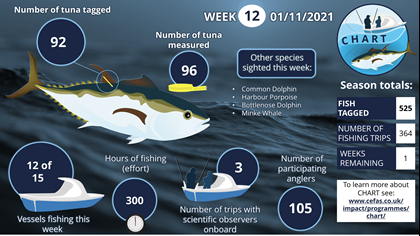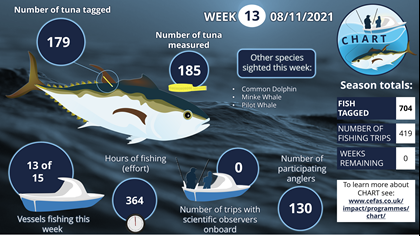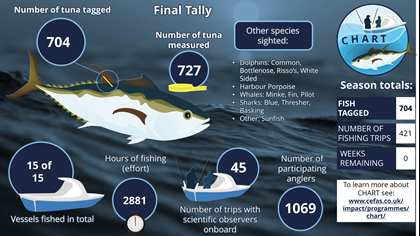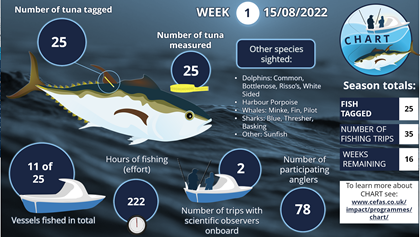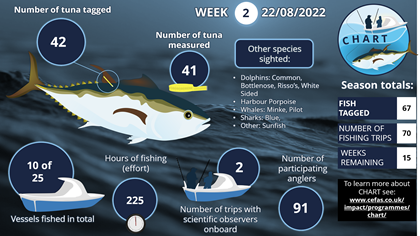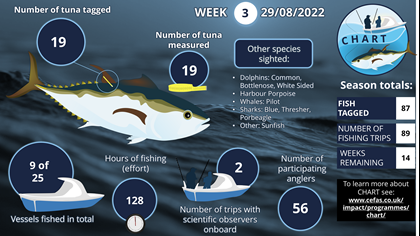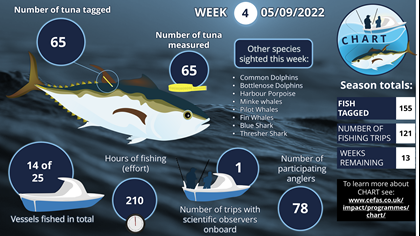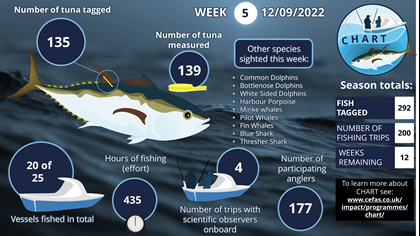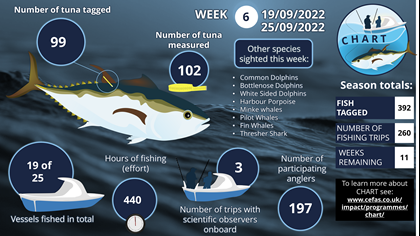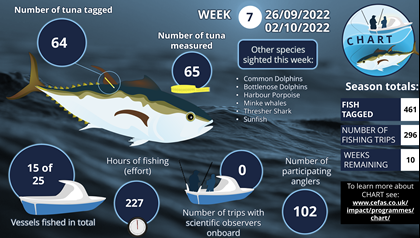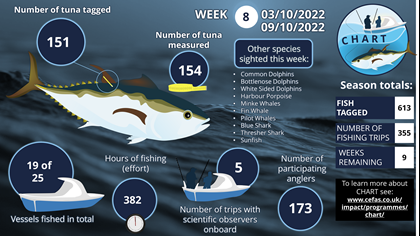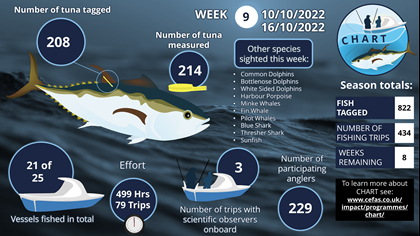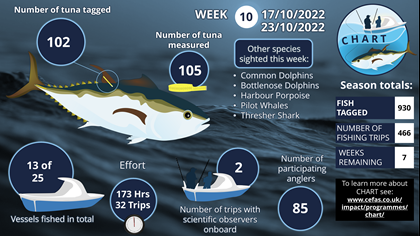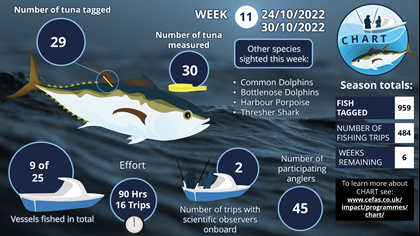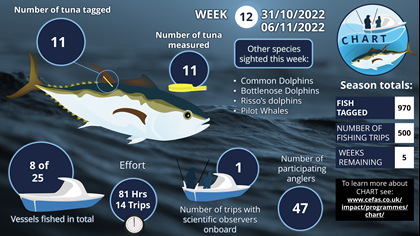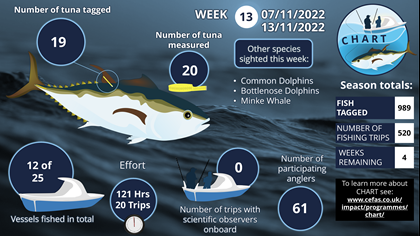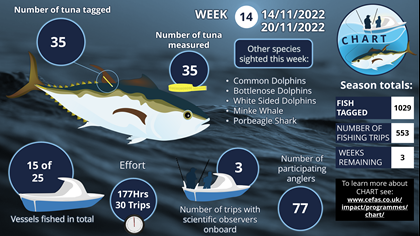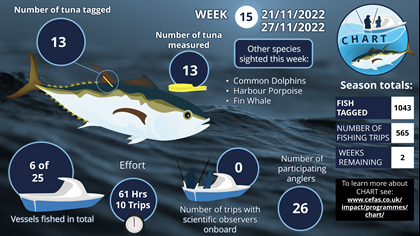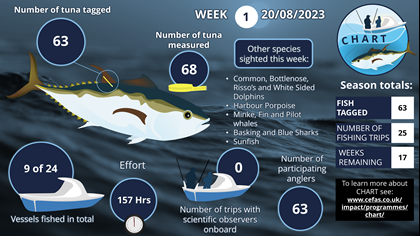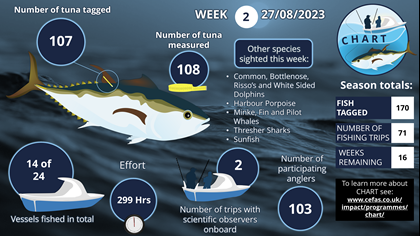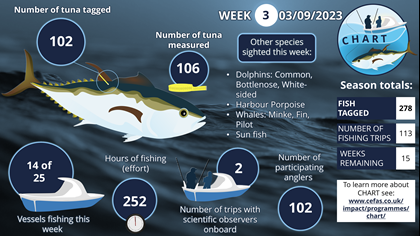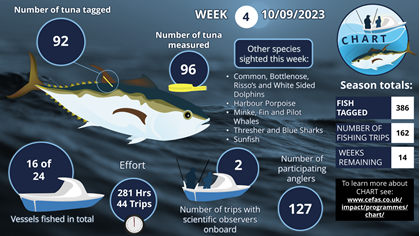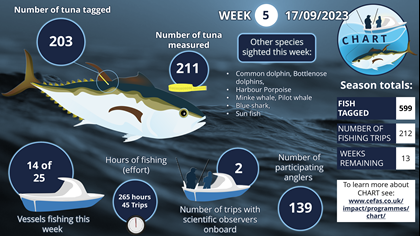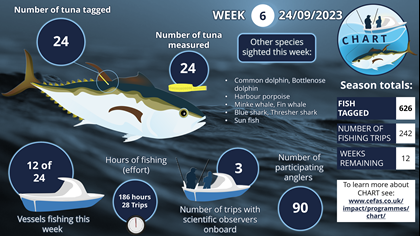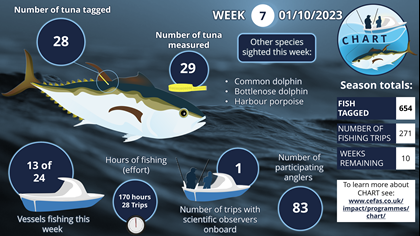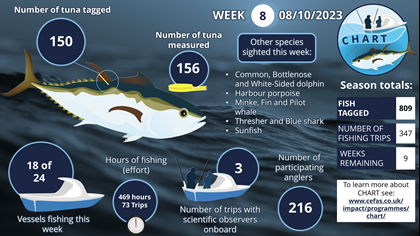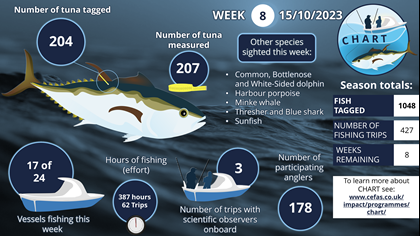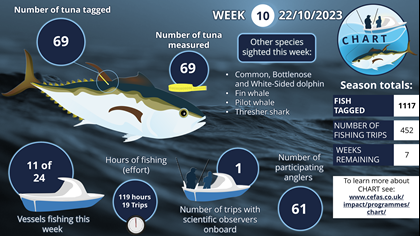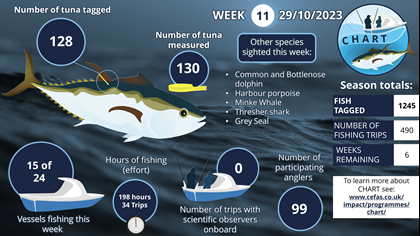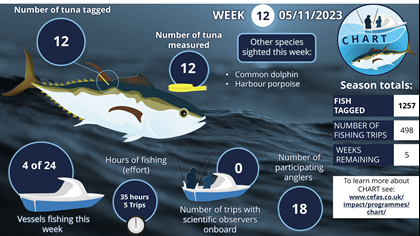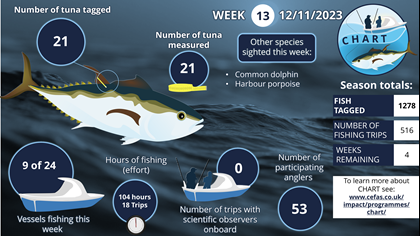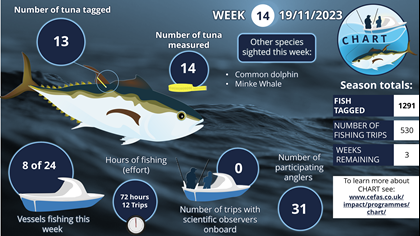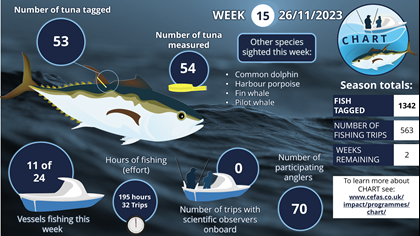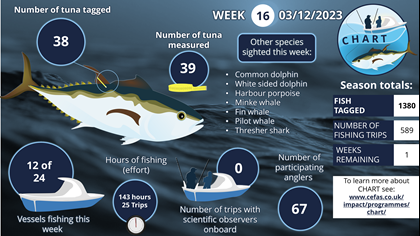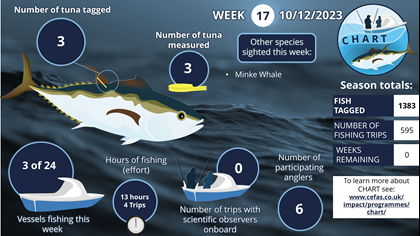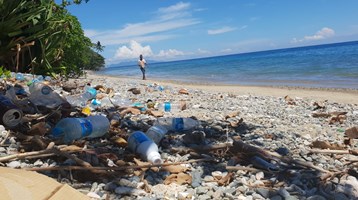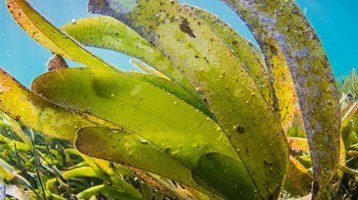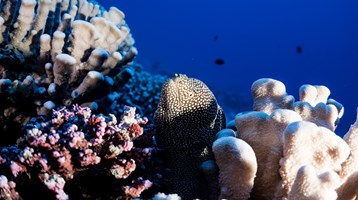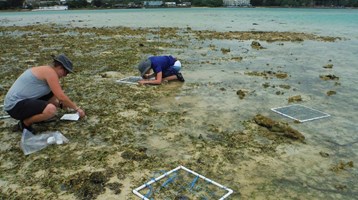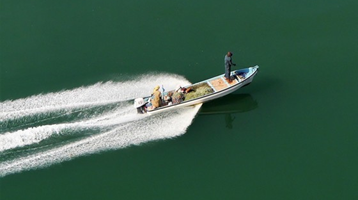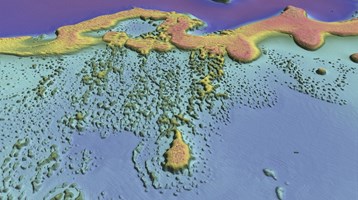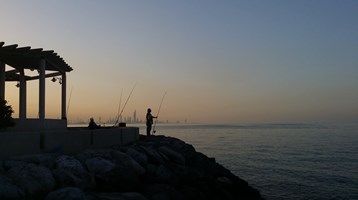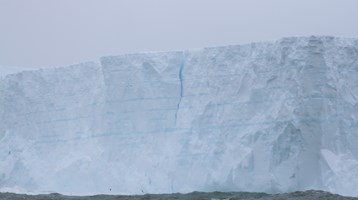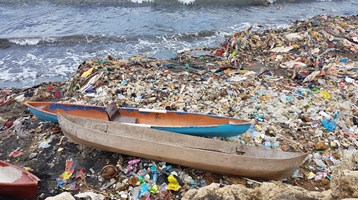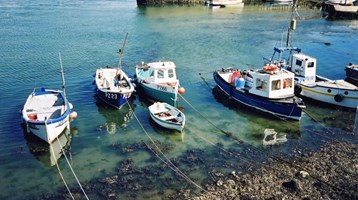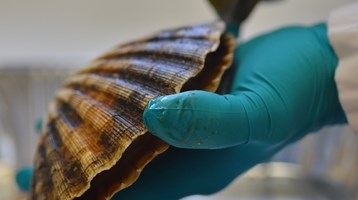CatcH And Release Tag (CHART) Scientific Data Collection Programme for Atlantic Bluefin Tuna (BFT)
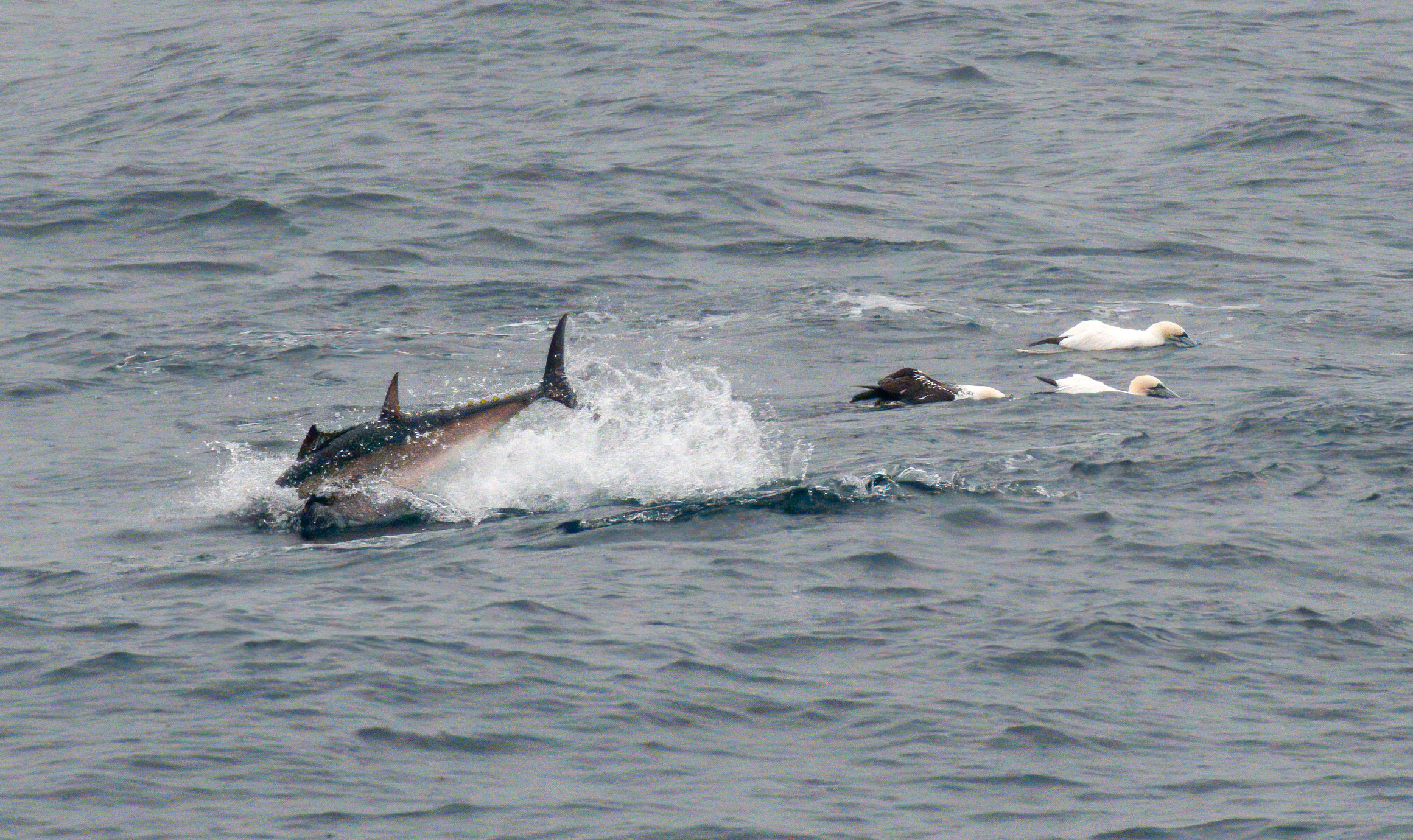
In recent years, the number of sightings of Atlantic Bluefin Tuna (BFT) in UK waters has been increasing. This has led to a growing interest in the species from the science community, the recreational fishing community, and the commercial fishing sector. Following consultation between these stakeholders that began in 2020, the first co-designed CatcH And Release Tagging (CHART) programme for Atlantic Bluefin Tuna (BFT) was piloted in English waters in 2021. In 2022 CHART was expanded to include 25 charter vessels, operating from mid-August to mid-December. This expansion of CHART has led to over 1700 tags being deployed over the two seasons culminating in 1052 dedicated CHART fishing trips with over 2800 paying anglers participating in the programme.
The programme was funded by Defra and work was carried out under the governance of a project Steering Group, with representation from Cefas (as project lead), the MMO (licencing authority), Cornwall IFCA, Natural England, Bluefin Tuna UK, and representation from the devolved administrations.
The 2023 CHART programme in England has now closed. The fishing season ran from 14th August to 10th December 2023. Further information can be found in the FAQs.
CHART 2021 Final infographic
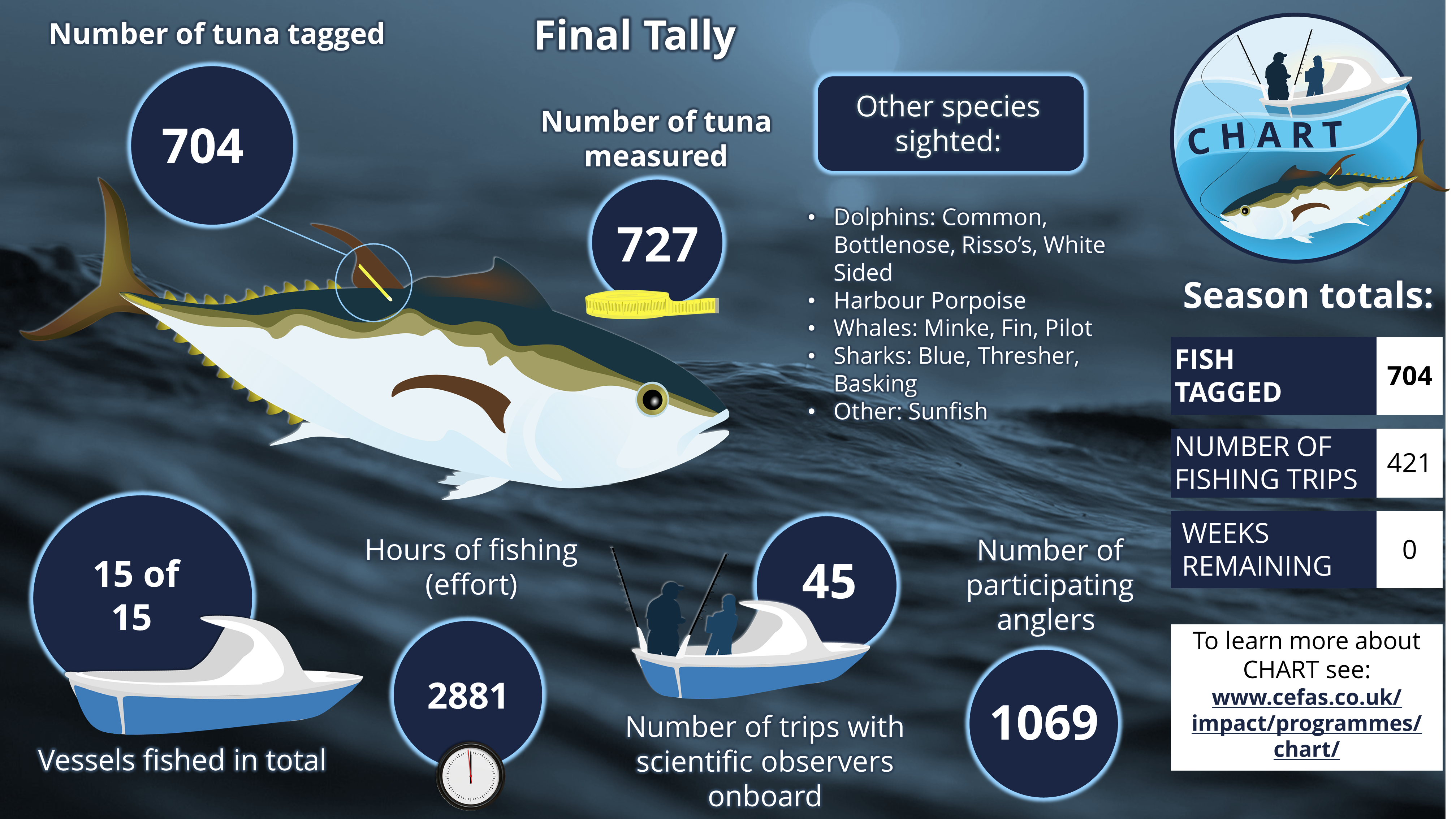
CHART 2022 Final infographic
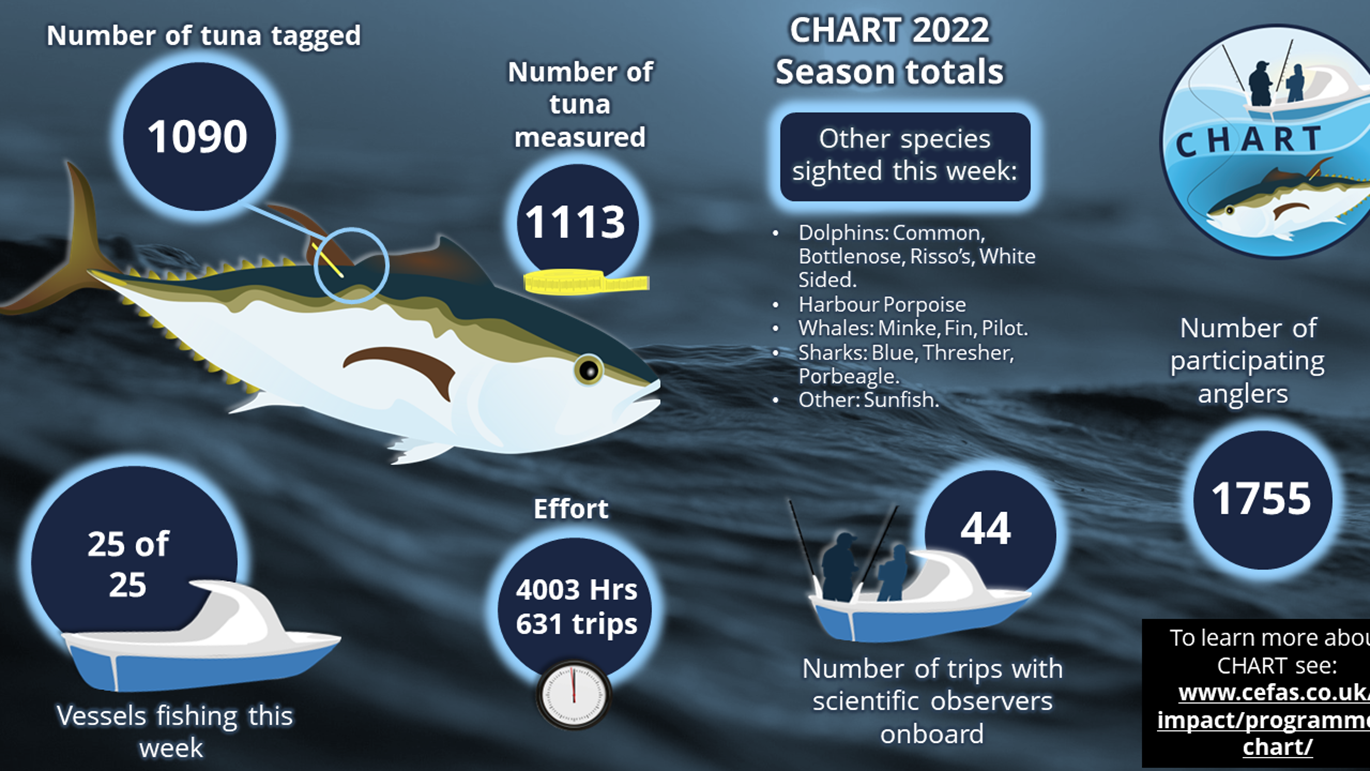
CHart 2023 Final infographic
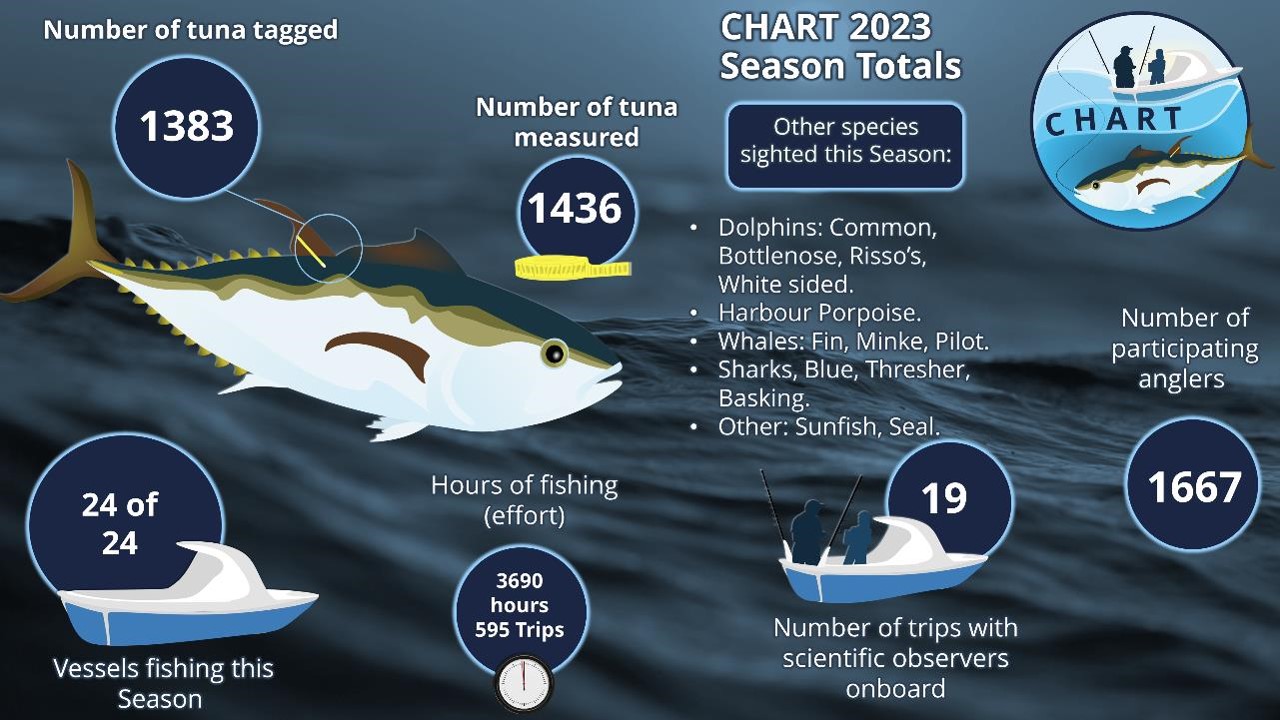
Evaluation and Reporting
This report has been produced by Defra and reviewed by the Defra analytical team
2021
CHART 2021 Project Review Report
2022
CHART 2022 Project Review Report
2021 Infographics
2022 Infographics
2023 Infographics
2023 participants
The Cefas CHART Team are pleased to be able to announce the twenty-four vessels which have been selected to participate in CHART for 2023, subject to all training and boat safety measures being completed. If you would like to be a part of CHART as a recreational angler we would encourage you to book a trip with one of the companies listed below as they will be allowed to legally fish for Atlantic Bluefin tuna. The fishing season will run from 14th August to 10th December 2023
If you have any questions please contact us on CHART@cefas.co.uk
|
Skipper |
Vessel |
Web Address |
|
Steve George |
Reel Tuna |
https://m.facebook.com/Osprey-Sport-Fishing-107533511119146/ |
|
Dan Hawkins |
Reel Deal |
|
|
Sam Narbett |
Bluefin |
|
|
Kevin Lavis |
Crusader |
https://crusader-charters-ltd.business.site/ |
|
Aaron Lidstone |
Happy Days |
https://m.facebook.com/Happydays-Adventure-Fishing-109827881637299/ |
|
Steve Porter |
True Blue |
https://www.truebluecharters.co.uk/ |
|
Jerry Rogers |
Dreamcatcher II |
|
|
Stuart Newell |
Harvest Moon |
https://www.facebook.com/britishbiggamecharter/?ref=page_internal |
|
Gary Thomas |
Seriola |
|
|
Murray Collins |
Swallow II |
|
|
Mark Jury |
Fortuna II |
https://fortunacharters.com/ |
|
Nigel Hodge |
Seawatch I |
https://cornishfishing.co.uk/ |
|
Chris Gill |
Aquila |
|
|
Rob Thompson |
Eloise of Ladram |
https://www.facebook.com/pg/South-x-Southwest-Sportfishing-1643600739060485 |
|
Ross Parham |
Spot On! |
http://www.spot-on-charters.co.uk/ |
|
Matthew Forrester |
Silver Halo |
Silverhalocharters.co.uk |
|
David Rogers |
Wet Wheels South West |
|
|
Steve Sweet |
Amaretto IV |
Amaretto Sport Fishing | Charter Fishing Boat Trips in Lyme Regis Dorset |
|
Chris Roberts |
Gemini |
|
|
Owen Mallia |
Outlaw of Dartmouth |
|
|
Anthony Hills |
Peganina |
|
|
Andy Bridson |
Patricia Rose |
|
|
Daniel Margetts |
Sowenna |
|
|
Pete Atkinson |
Dotty |
https://www.facebook.com/peter.atkinson.1401 |
FAQs - 2023
Will there be a CHART 2023?
We have now received confirmation that CHART 2023 can proceed.
How can skippers get involved in CHART 2023?
It is not possible to run an application process or training programme due to increased time constraints and funding pressures, and it will therefore not be possible to increase the size of the CHART programme in 2023. Only skippers who participated in the 2021 or 2022 CHART programmes will be eligible to participate in 2023. All eligible skippers will have received a letter direct from the Cefas CHART project team.
How can anglers get involved in CHART 2023?
Participation in the CHART programme as an angler is governed by the vessels taking part in CHART 2023. Once we have confirmation of participation from skippers and vessels, we will put an updated list of all CHART 2023 vessels and their contact details on this web page so that anyone interested can contact vessels directly to book fishing trips.
What will the 2023 season be?
August 14th 2023 – Anticipated start of fishing season
December 10th 2023 – Anticipated end of fishing season
Who do I contact for more information?
You can e-mail CHART@cefas.co.uk for more information. Please state the nature of your enquiry (e.g. general, FoI request) and your position (e.g. journalist, skipper, angler, public etc.) so we can direct your enquiry to the right person.
previous FAQs
What is CHART and how would a recreational scientific catch tag and release or CHART programme work in 2022?
CHART is the acronym for a recreational scientific ‘CatcH And Release Tagging programme’ for Atlantic bluefin tuna (hereafter BFT). During 2021 CHART operated a successful pilot programme of 15 vessels, where over 700 BFT were tagged and released. Charter skippers apply to join the programme and those selected will be trained in catching, tagging and data recording techniques so that they can contribute to BFT research, while also protecting BFT welfare. Once trained, skippers will secure an MMO scientific licence for the duration of the programme in 2022, allowing them to take paying customers out on BFT fishing trips. All activities will be closely monitored by Cefas to ensure that the benefits of the programme are maximised, and that risks to BFT welfare and conservation are minimised.
When will CHART happen?
Applications for the CHART programme opened on 23rd May 2022 and will close on 6th June at 17:00 BST. The anticipated dates for the fishing season will be from 15th August to 11th December inclusive.
Who decides which charter vessels are allowed to join this project?
Cefas developed a detailed application process and criteria to select charter boat skippers as participants in the programme. The process and criteria were designed and agreed in collaboration with representatives from angling and charter fishing groups.
How many vessels will participate in the programme?
During 2022 the MMO will license up to 25 vessels for this programme.
Who is funding this project?
The 2022 CHART programme is being funded by Defra. Additional opportunities for partnership funding are being explored.
Will the successful applicants be paid to take part?
The funding for the programme is being used to set up, monitor and evaluate the programme, but not to pay the successful applicants. Once trained and licenced, skippers will be able to take paying recreational anglers out to catch BFT (although only the trained skipper or crew will then tag and release the fish).
Will there be any costs associated with participating in the programme?
Successful applicants will not need to make payment for a licence. However, attendance at training workshops will be expected to be undertaken at the applicant’s expense, and applicants will be expected to supply the required equipment at their own expense.
How many years will the programme last?
The pilot programme ran for 13-weeks during 2021. The programme was evaluated and CHART 2022 was given the go-ahead. No decisions beyond 2022 have been made at this point.
How can anglers get involved?
Anglers may participate in the fishery by booking places on an authorised vessel, a list of which will be published on the Cefas CHART website once the successful applicants have been decided.
Will training be provided to those who receive authorisation?
All new authorised skippers and their primary crews must attend a mandatory 2-day training workshop, where guidance will be provided around best practice for fish restraint, tagging, welfare, condition assessments, data collection and fishing techniques. All returning skippers and their crews must attend a refresher workshop. Only skippers who have attended the training will receive their licence to fish. The workshops are planned for July 2022.
What will an authorised skipper be permitted to do?
The primary goal of the licence is to enable the skipper and their crew member to contribute to the CHART programme. Their role will be to manage the fishing and tagging process and ensure that BFT are handled appropriately and released in the best possible condition. Only authorised skippers and their trained crew will be permitted to tag BFT, and they will also be responsible for the safe release of the BFT caught by anglers on their boat.
What will an authorised skipper not be permitted to do?
Bringing live BFT onboard is strictly prohibited, as is the use of live bait to capture BFT. Skippers may not target and tag BFT outside of the pre-notified fishing days and they may not delegate tagging responsibility to anyone other than a registered certificated crew.
What measures are in place to protect against unauthorised targeting of BFT?
The Marine Management Organisation (MMO) and Inland Fisheries Conservation Authorities (IFCA’s) will undertake inspections and patrols around the coast. Any unauthorised skippers found targeting BFT could be subject to prosecution and any licenced vessels acting outside the conditions of the licence may have their licence revoked.
What should I do if I have concerns or information on unauthorised targeting of BFT?
Please call the Marine Management Organisation (MMO) on - 0131 271 9700 to report any concerns or to pass on information relating to unauthorised targeting or landing of BFT.
Where will CHART be operating?
During 2022, applications were invited from vessels located in the southern North Sea 4.c, eastern and western English Channel and the Bristol Channel (English areas of ICES Divisions 7.d, 7.e (excluding the territorial waters (12 nm) of the Channel Islands) and 7.f). Successful vessels will only be permitted to fish in these same regions plus Division 7.h.
How many days at sea must be completed?
A minimum commitment of 15 days per vessel is required to participate in the programme.
What data will CHART be collecting and why are these data important?
The main aim of the programme is data collection to improve the science and management of BFT in English waters. Data collection is therefore required for each angling trip targeting BFT and for BFT capture events. Data will be collected on the effort, number of hookups and tagged BFT, behaviour and condition of the fish and length of the BFT. Additionally, data will be collected on the socio-economic benefits of CHART. Every BFT angling trip will be closely monitored; observers will be on board for at least 5% of trips, and any newly authorised skippers will be required to have video monitoring including the leadering, tagging and fish recovery. Data will contribute not only to improve our understanding of BFT in English waters but will also be summarised and supplied to the International Commission for the Conservation of Atlantic Tunas (ICCAT) as the management body of BFT, to support sustainable management of this species.
What are the conservation impacts of the programme?
The purpose of the programme is to gather scientific information about BFT and the benefits of a BFT catch and release programme. Animal welfare and sustainability have been at the forefront of the programme design process, and any impact on BFT will be minimised by applying a rigorous application and selection process, gear restrictions, close monitoring and ongoing evaluation of the programme. Successful applicants will have to attend a mandatory training and best practice workshop which will cover, fish restraint, tagging, welfare, condition assessments, data collection and fishing techniques. The protocols and training are being designed under the oversight of Cefas’ Animal Welfare and Ethical Review Body (AWERB). Scientific observers will be on board at least 5% of the trips and camera monitoring will be mandatory on any vessel new to CHART in 2022 to inform refinement, best practice and assist in training. Natural England have been involved in the programme design.
Similarly, the programme in 2022 will undertake a Habitats Risk Assessment to consider and mitigate for any adverse impacts CHART may have on the local habitat and wildlife such as seabirds and cetaceans. A seabird and marine mammal avoidance protocol will also be in operation to limit bycatch risk.
Can skippers sell/use any BFT which may suffer mortality during the capture?
Any BFT that die during the capture process need to be landed and handed over to the MMO. Failing to do so would be a breach of the terms and conditions of the licence provided on successful completion of the application and training process. The BFT will be used for scientific purposes and data contributed to international research through the BFT management body of the International Commission for the Conservation of Atlantic Tunas (ICCAT).
Can BFT be landed if they are caught accidentally by other recreational vessels?
Recreational sea anglers are not permitted to target BFT and must release any unintended catches (bycatch) immediately and unharmed. BFT caught as bycatch which are dead must be reported to the Marine Management Organisation (MMO) by contacting the local MMO office, who may make arrangements for those BFT to be brought ashore. BFT brought ashore with permission must not be sold and will be used for scientific research purposes only.

